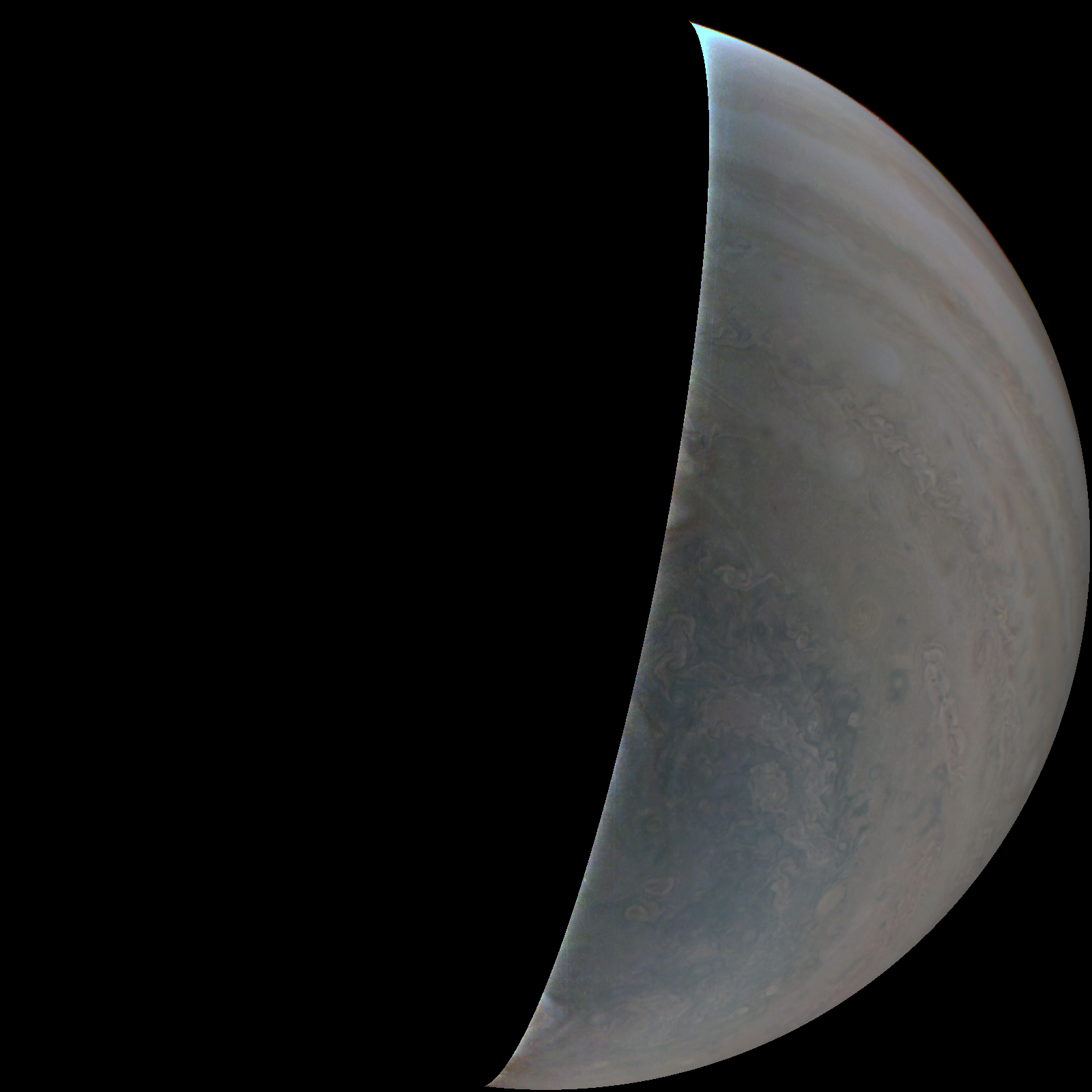NASASpaceFlight.com
India launches a new ocean monitoring satellite on Saturday morning. The PSLV rocket carried the EOS-06 spacecraft into a low Earth orbit. The mission, PSLV C54, lifted off from the Satish Dhawan Space Centre at 11:56 local time (06:26 UTC)
Commercial Archives
SpaceX is set to launch a satellite aimed at providing communications for all of the Americas. The Amazonas Nexus mission is now scheduled to launch on a Falcon 9 rocket on Monday, Feb. 6. A 90% chance of favorable weather is forecasted for Monday. The launch window opens at 5:32 PM EDT (22:32 UTC) and extends for four hours until 9:32 PM EDT.
International Archives
Scientists have only measured the masses of white dwarfs within binary star systems. With help from the joint NASA/European Space Agency (ESA) Hubble Space Telescope, a team of researchers directly measured the mass of an isolated white dwarf outside of a binary star system. Found to be approximately 56% of the Sun’s mass, the team’s results agree with previous white dwarf mass predictions.
News – Spaceflight101

Russia's Rockot booster set to blast off from the Plesetsk Cosmodrome at 17:57 UTC with the Sentinel-3B multi-function satellite. The rocket will carry the multi-function Sentinel-3B satellite into orbit. The launch is scheduled to take place on Wednesday.
ISS Updates – Spaceflight101 – International Space Station

A veteran NASA spacewalker and an EVA rookie from Japan ended their week with nearly six hours of work outside the International Space Station on Friday. The restoration of the Station’s Mobile Servicing System started last year and continued in January to provide Canadarm2 with a new pair of grappling hands.
Featured – Spaceflight101

A SpaceX Falcon 9 took to the skies over Florida’s Cape Canaveral Monday afternoon. It was lifting a flight-proven Dragon spacecraft into orbit for a critical delivery of science gear, supplies and maintenance hardware. It was the first of at least six cargo ships inbound to the U.S. Segment of ISS this year.
Re-Entry: Long March 11 Rocket Body – Spaceflight101

The CZ-11 fourth stage of a Long March 11 rocket re-entered the atmosphere on April 29, 2018 after only three days in orbit. The rocket lifted a cluster of five commercial Earth-imaging satellites into a 500-Kilometer orbit. The CZ-11 used leftover propellant for a partial de-orbit maneuver, lowering its perigee to 120 Kilometers to significantly accelerate its orbital decay.
Webb Detects Extremely Small Main Belt Asteroid

The James Webb Space Telescope has detected an asteroid in the main belt of the solar system. The object measures 100-200 meters, occupies a very low-inclination orbit and was located in the inner main-belt region at the time of the Webb observations. Future dedicated Webb observations will allow astronomers to study asteroids smaller than 1 kilometer in size.
NASA-ISRO Earth Science Instruments Get Send-Off Before Moving to India

Somanath, Indian Ambassador and Deputy Chief of Mission Sripriya Ranganathan, and NASA officials toured the High Bay 2 clean room. Engineers and technicians were putting the science instrument payload through final electrical testing. Outside the facility, in front of a scale model of the NISAR satellite, NASA’s NISAR Project Manager Phil Barela and ISRO’s N ISAR Project Director CV Shrikant ceremonially broke fresh coconuts.
Scientists Track Tropical Landslide Creeping Below an African City

Researchers studied week-to-week landslide motion over the past 4 1/2 years. Rain, tectonic activity, and urban development all played roles in landslide behavior. But the most important factor was water runoff. Water weakens rock by infiltrating its pores, soaking and destabilizing parts of a slope.
NASA Scientists & Historian Named AAAS 2022 Fellows

Four individuals with NASA affiliations have been named 2022 fellows by the American Association for the Advancement of Science. The 2022 Fellows class includes 508 scientists, engineers, and innovators spanning 24 scientific disciplines. Rita Sambruna from NASA’s Goddard Space Flight Center in Greenbelt, Maryland, was recognized in the AAAS Section on Astronomy.
NASA Spinoffs Bolster Climate Resilience, Improve Medical Care, More

NASA’s Spinoff publication features dozens of new commercialized technologies. The technologies use the agency’s technology, research, and/or expertise to benefit people around the globe. “From the heavens to hospitals around the world, NASA spinoffs are improving life for all of humanity,” said NASA Administrator Bill Nelson.
NASA’s Perseverance Rover Completes Mars Sample Depot

NASA's Perseverance Mars rover successfully dropped the 10th and final tube planned for the depot. The depot samples will serve as a backup set while the other half remain inside Perseverance. The depot will be the primary means to convey samples to a Sample Retrieval Lander as part of the campaign.
NASA’s Juno Team Assessing Camera After 48th Flyby of Jupiter

JunoCam is a color, visible-light camera designed to capture pictures of Jupiter’s cloud tops. It was originally designed to operate in Jupiter’s high-energy particle environment for at least seven orbits but has survived far longer. The spacecraft will make its 49th pass of Jupiter on March 1.
